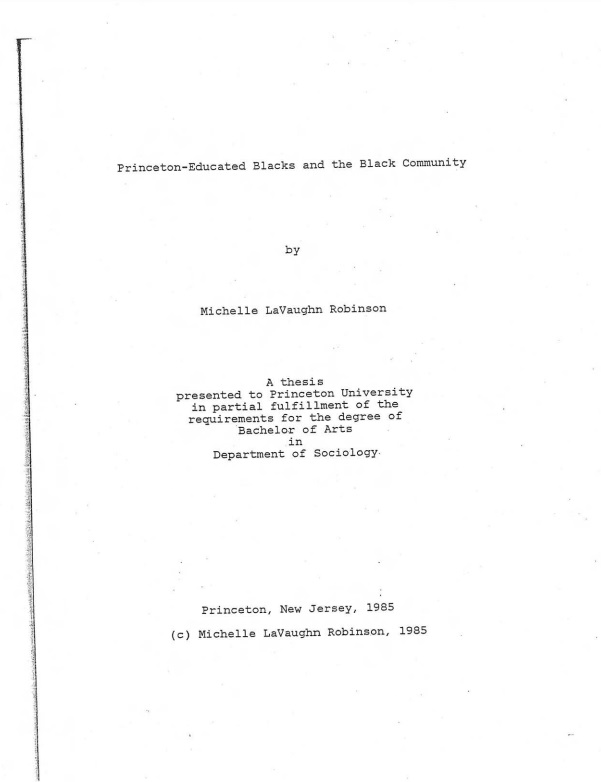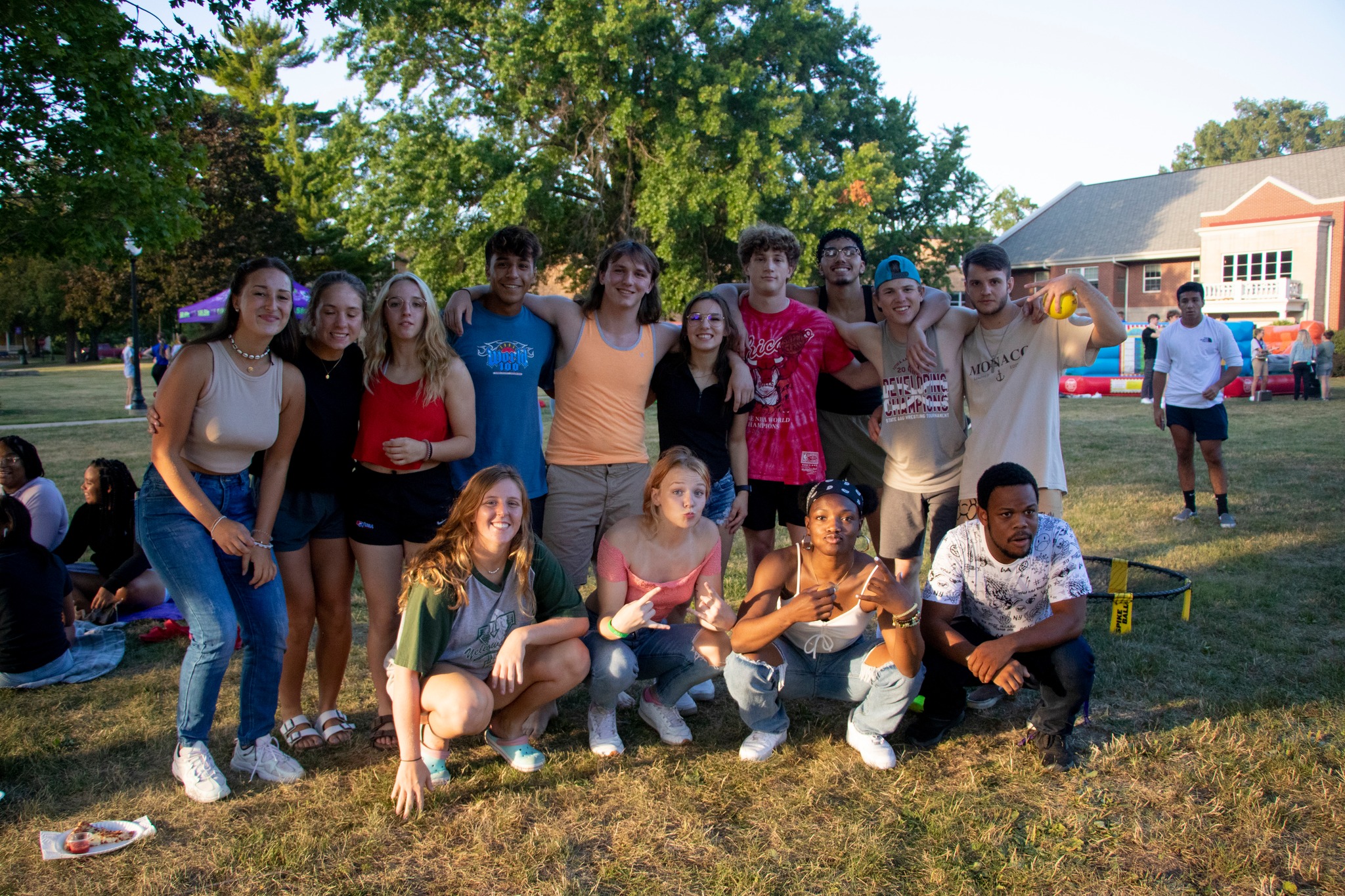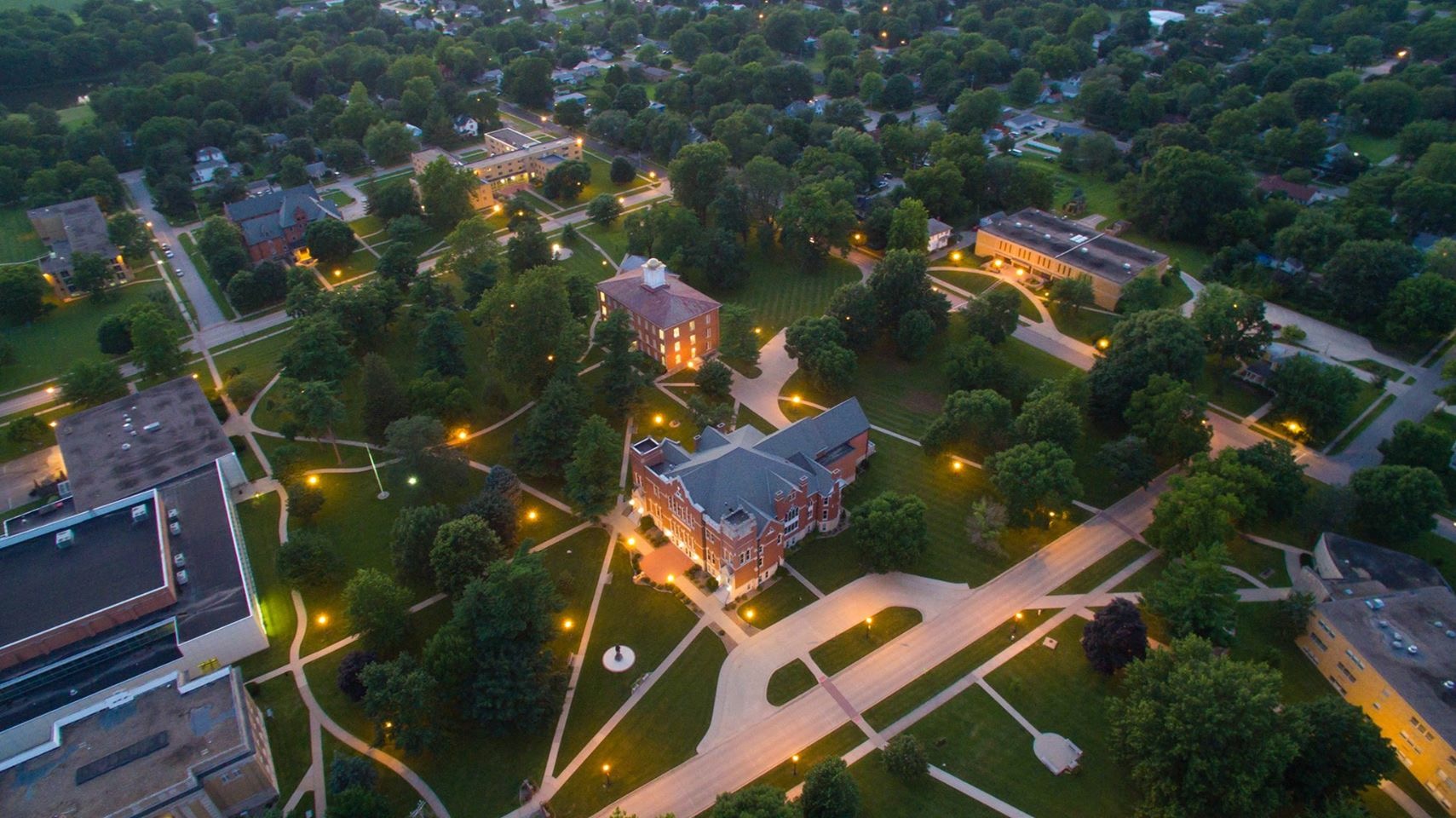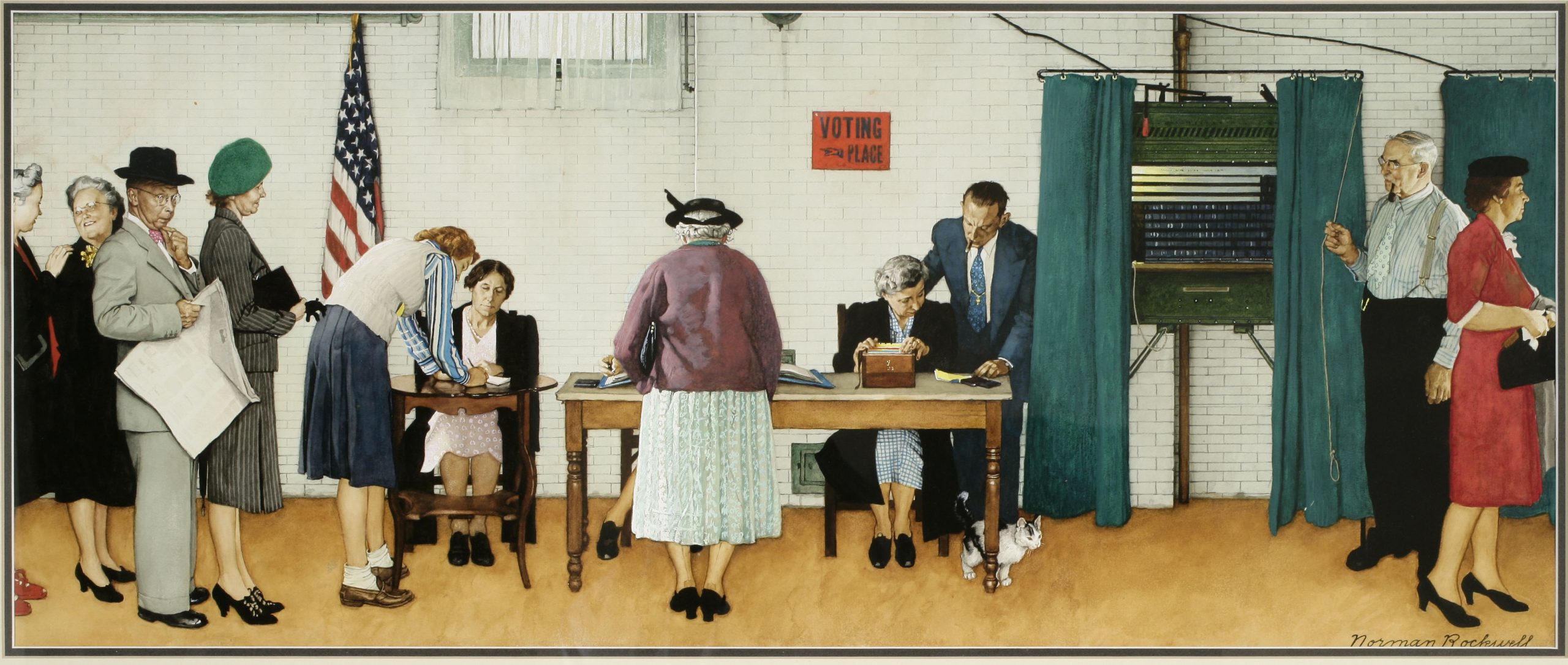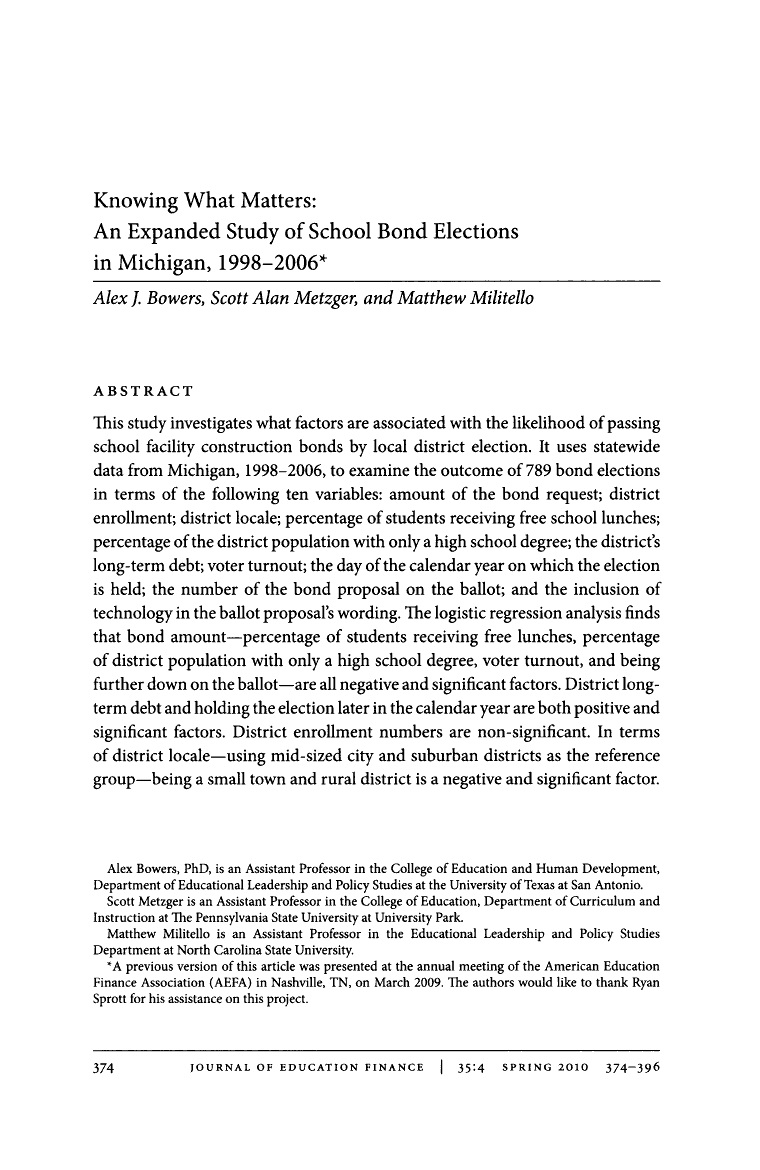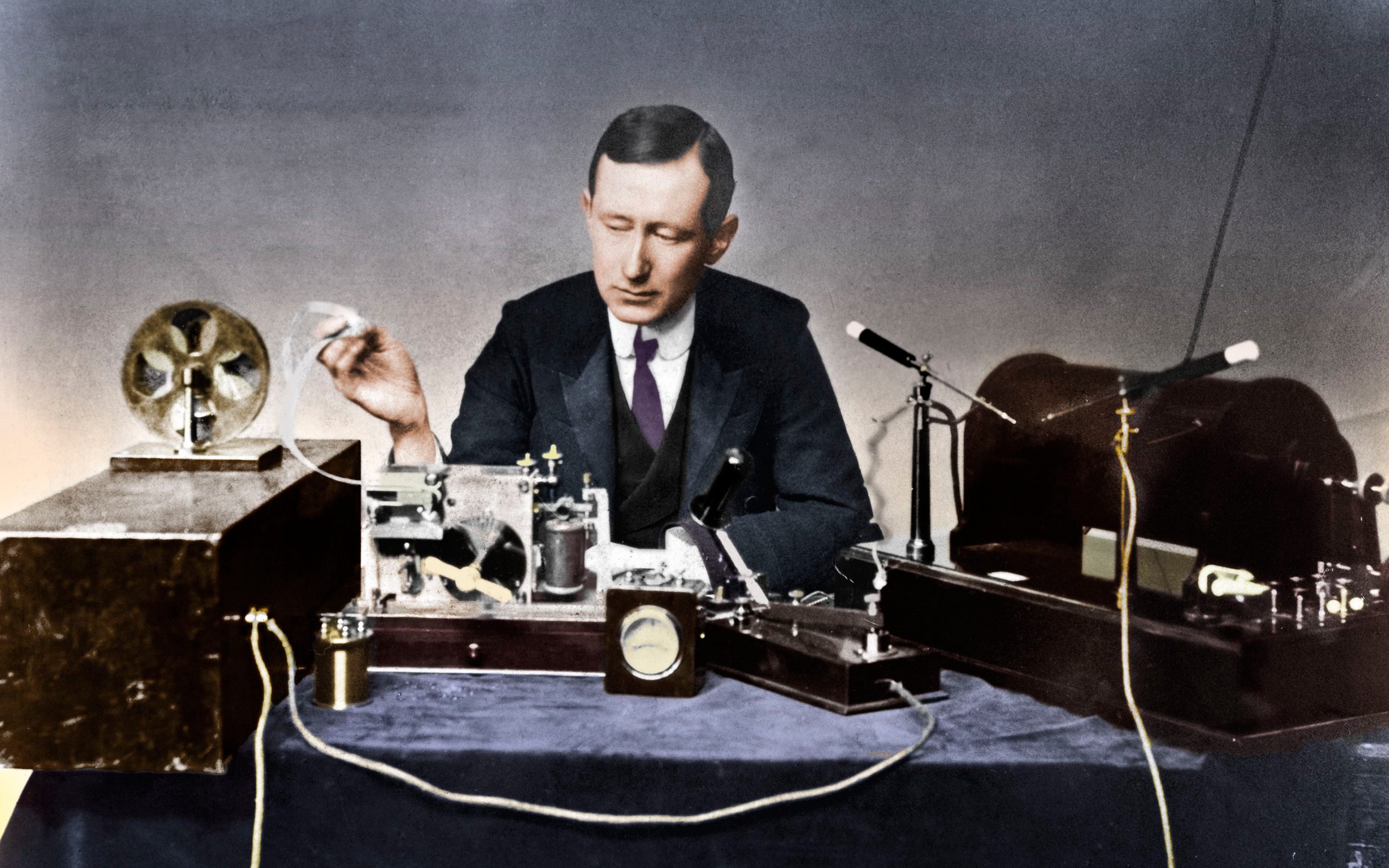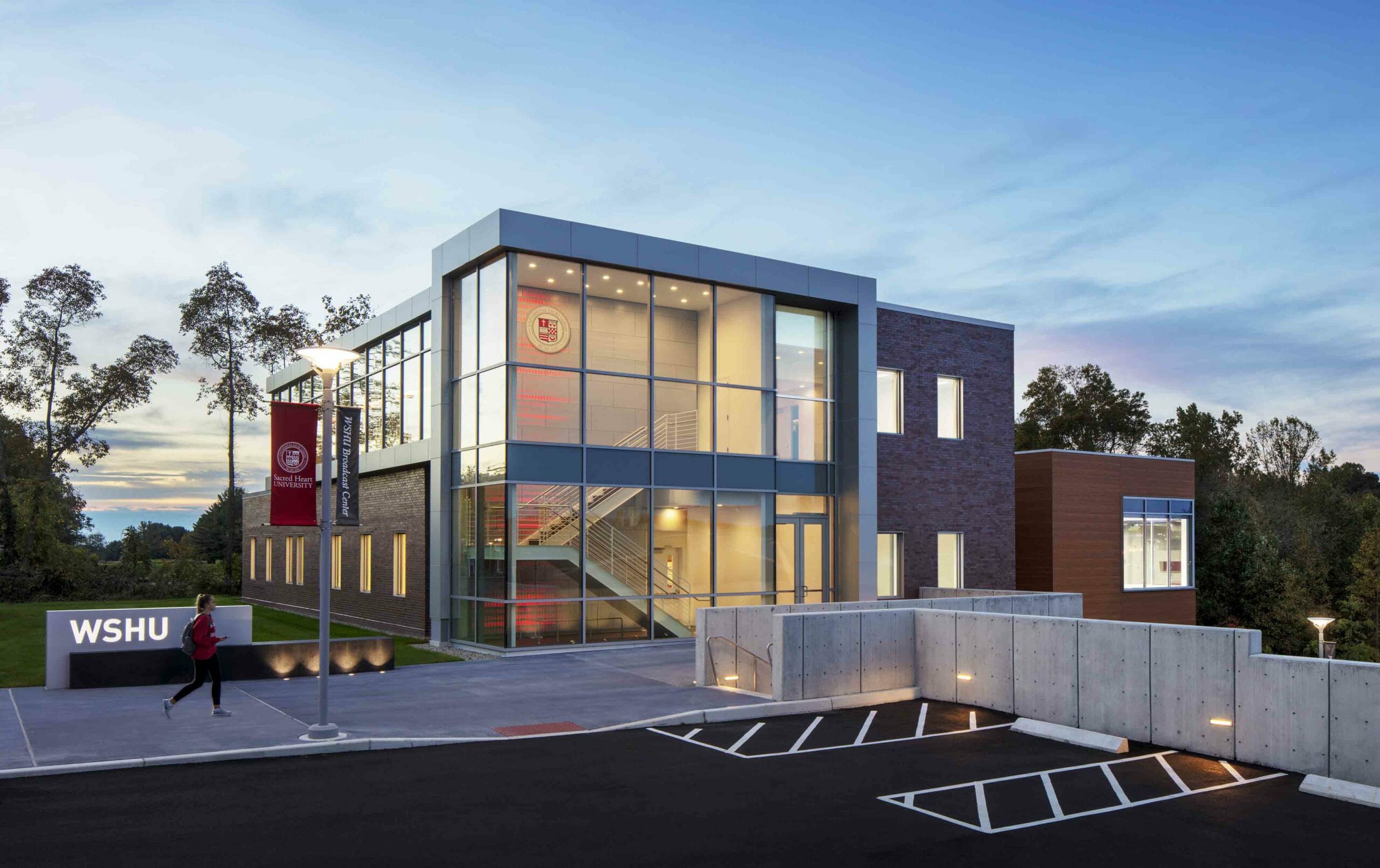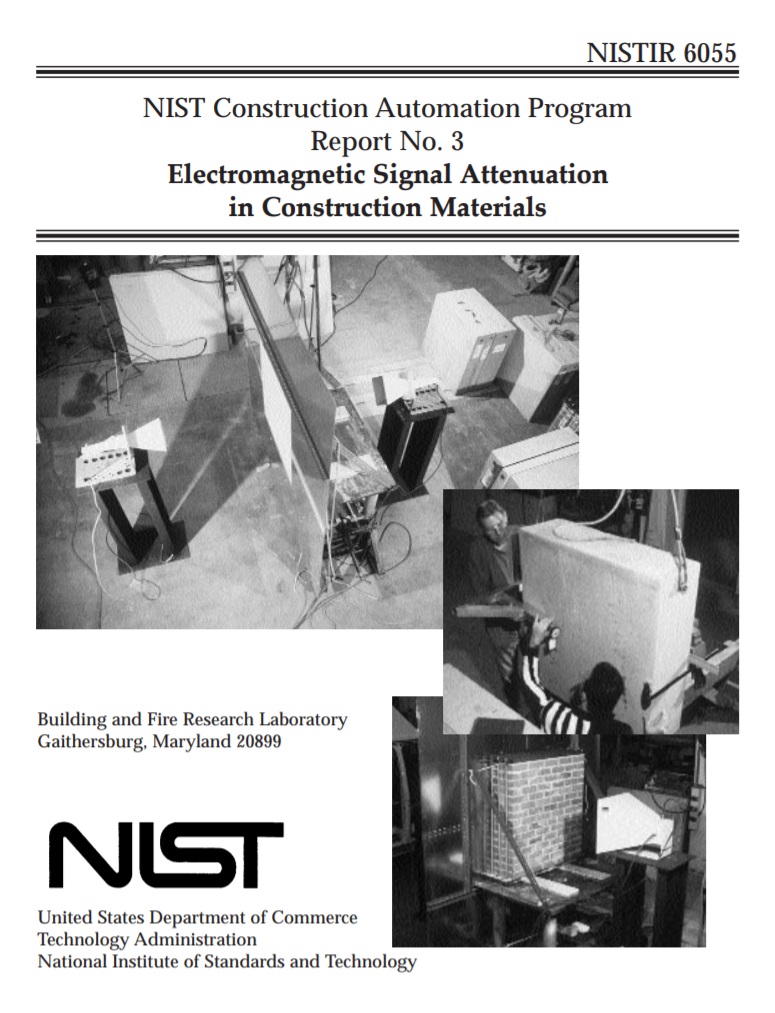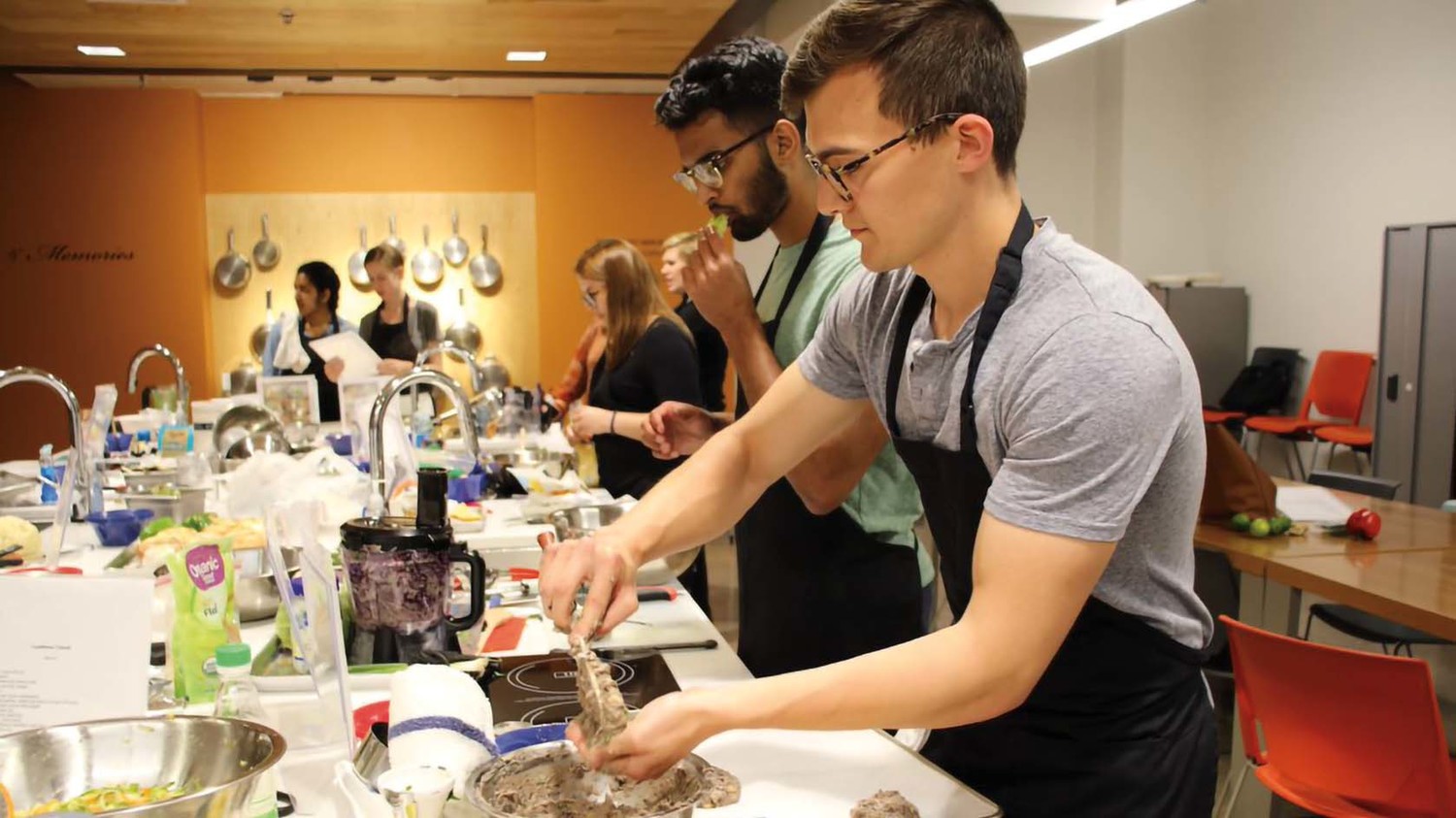“Princeton-Educated Blacks and the Black Community”
- Home Page 16

Certifying the Certifiers
Accreditation and certification are relatively modern concepts that have evolved over time as formalized methods of establishing and maintaining standards in various fields. The concept of accreditation or certification, as it is understood today, may not have existed in the same form in the distant past. However, there were likely individuals or groups who played roles similar to that of accreditation or certification specialists in history, although the formalized systems of accreditation or certification that exist today were not present.
For example, in ancient times, there were guilds and associations in various professions that set standards for their members, oversaw training and apprenticeship programs, and ensured the quality of their work. These guilds and associations, which existed in various civilizations such as ancient Egypt, Greece, and Rome, could be seen as early forms of accreditation or certification bodies.
Similarly, in religious contexts, there were individuals who held authority to certify or accredit others. For instance, in medieval Europe, there were religious orders, such as the Knights Templar, who were known for their specialized skills and were often called upon to certify the expertise of others in their areas of knowledge, such as architecture or finance.
In the field of education, ancient universities and centers of learning, such as the ancient Indian Nalanda University or the Islamic madrasas, could also be seen as early forms of accreditation or certification bodies, where scholars were recognized and certified based on their knowledge and expertise.
However, it’s important to note that the formalized systems of accreditation or certification that we are familiar with today, with standardized processes, documentation, and oversight, have developed over time and are relatively modern phenomena. The history of accreditation or certification is complex and multifaceted, with various practices and traditions that have evolved and influenced the modern systems we have today.
Banana Pudding Overnight Oats
Banana Pudding Overnight Oats is a delicious and nutritious breakfast dish made by combining rolled oats, mashed bananas, milk, and other flavorings, and allowing them to sit and “soak” in the refrigerator overnight. This results in a creamy, flavorful, and satisfying bowl of oats that are ready to eat in the morning without any cooking required. It’s convenient make-ahead breakfast option that can be customized to suit individual tastes and dietary preferences. Here’s a simple recipe for Banana Pudding Overnight Oats:
Ingredients:
1 ripe banana, mashed
1/2 cup rolled oats
1/2 cup milk (any type of milk, such as dairy milk, almond milk, or coconut milk)
1 tablespoon chia seeds (optional)
1 teaspoon vanilla extract
1/2 teaspoon ground cinnamon
1/4 teaspoon salt
1 tablespoon sweetener of choice (such as honey, maple syrup, or agave nectar)
Additional banana slices, crushed cookies, or whipped cream for garnish (optional)
Instructions:
In a medium-sized bowl, mash the ripe banana with a fork until smooth. Add the rolled oats, milk, chia seeds (if using), vanilla extract, cinnamon, salt, and sweetener to the bowl with the mashed banana. Stir well to combine. Cover the bowl with plastic wrap or a lid and refrigerate overnight, or for at least 4-6 hours, to allow the oats to absorb the liquid and soften.
In the morning, give the oats a good stir and adjust the sweetness or consistency to taste by adding more sweetener or milk if desired. Serve the Banana Pudding Overnight Oats in bowls or jars, and garnish with additional banana slices, crushed cookies, or whipped cream if desired.
Enjoy your delicious and creamy Banana Pudding Overnight Oats for a nutritious and convenient breakfast!
More:
Texas A&M University: Banana Nut Overnight Oats
Harvard University: Oats the Nutrition Source
Colorado University: Overnight Oats
US Food & Drug Administration: Gluten-Free Labeling of Foods
Abiit sed non oblitus | Iowa
Iowa Wesleyan University is a private university in Mount Pleasant, Iowa with a founding affiliation with the United Methodist Church. It is Iowa’s first co-educational institution of higher learning and the oldest of its type west of the Mississippi River. It is one of several colleges and universities in the United States funded through the National Institute of Food and Agriculture program. These institutions receive funding for research, education, and outreach programs related to agriculture, food, and natural resources.
With an enrollment consistently below 1000 students the university will close at the end of the 2022–23 academic year owing to financial challenges.
More:
Iowa Wesleyan University to close after nearly 2 centuries
Long-struggling Iowa Wesleyan to close due to budget shortfall; USDA to take over campus
Owing $26 million to the USDA, Iowa Wesleyan University announces closure
This poem about Julian of Norwich from WOUND is one of the most meaningful to me, written at the height of pandemic spring.
I am so grateful to @GrantaMag for giving it an online home: pic.twitter.com/k4SveIBAJh
— Dr. Maya C. Popa (@MayaCPopa) May 23, 2023
An Expanded Study of School Bond Elections in Michigan
Gallery: School Bond Referenda
As of January 2022, there were a few municipalities in the United States that allowed non-citizens to vote in local elections, but no entire states. These municipalities included:
San Francisco, California: Non-citizens are allowed to vote in school board elections.
Chicago, Illinois: Non-citizens are allowed to vote in school board elections.
Takoma Park, Maryland: Non-citizens are allowed to vote in local elections.
It’s worth noting that these policies may change over time as local governments make decisions regarding voting rights. For the most up-to-date information, it’s best to consult the specific laws and regulations of each municipality or state.
School bond elections — either at county or district level — are processes through which communities vote to authorize the issuance of bonds to fund various projects and improvements in their local school districts. The elections determine the quality of educational settlements –new school buildings, renovating existing facilities, upgrading technology, and improving safety measures. The outcomes of these elections directly affect the quality of education and learning environments for students within the county. Successful bond measures can stimulate economic growth by creating jobs and attracting families to the area.
Community involvement and voter turnout are essential in determining the allocation of resources and shaping the quality of life for its citizens. In recent years, however, voter ambivalence about the education “industry” in general, the rise of home schooling and other cultural factors, complicate choices presented to voters.
Radio 400
“The wireless age has brought us closer together,
yet we must work to ensure that it does not divide us.”
— Guglielmo Marconi
When the electric grid and the internet are down and there is no cell service, radio can still work to help communities stabilize. Starting 2024 we will break down our coverage of the radio frequency technology standards used in educational settlements into into two categories:
Radio 300: Security and maintenance radio. These usually use a single radio channel and operate in a half-duplex mode: only one user on the channel can transmit at a time, so users in a user group must take turns talking. The radio is normally in receive mode so the user can hear all other transmissions on the channel. When the user wants to talk he presses a “push-to-talk” button, which turns off the receiver and turns on the transmitter; when he releases the button the receiver is activated again. Multiple channels are provided so separate user groups can communicate in the same area without interfering with each other.
Note that a core title in this domain — NFPA 1802 Standard on Two-Way, Portable RF Voice Communications Devices for Use by Emergency Services Personnel in the Hazard Zone — is part of an NFPA catalog reorganization. Best practice content will be rolled into NFPA 1300 Standard on Fire and Emergency Service Use of Thermal Imagers, Two-Way Portable RF Voice Communication Devices, Ground Ladders, and Fire Hose, and Fire Hose Appliances.
As of this posting APCO International has no public consultations on any titles in its public safety radio standards catalog.
Radio 400: Student radio. College radio stations are typically considered to be public radio radio stations in the way that they are funded by donation and grants. The term “Public radio” generally refers to classical music, jazz, and news. A more accurate term is community radio, as most staff are volunteers, although many radio stations limit staff to current or recent students instead of anyone from the local community. There has been a fair amount of drama over student-run radio station history; a topic we steer away from.
The Low Power FM radio service was created by the Commission in January 2000. LPFM stations are authorized for noncommercial educational broadcasting only (no commercial operation) and operate with an effective radiated power (ERP) of 100 watts (0.1 kilowatts) or less, with maximum facilities of 100 watts ERP at 30 meters (100 feet) antenna height above average terrain. The approximate service range of a 100 watt LPFM station is 5.6 kilometers (3.5 miles radius). LPFM stations are not protected from interference that may be received from other classes of FM stations.
Student-centred Learning Environments in the Discipline “Radio Communication Technologies” | University of Ruse “Angel Kanchev”, Ruse, Bulgaria
E-Learning Resources for Improving Student Achievement in a Course on RF Engineering | Singapore Institute of Technology, Singapore
A Low Cost Ground Station Setup for Introducing Undergraduate Students to Satellite Reception and Radio Astronomy | Maharashtra Institute of Technology-WPU, Pune
We follow — but do not respond — to consultations on titles covering the use of radio frequencies for the Internet of Things. At the moment, most of that evolution happens at the consumer product level; though it is wise to contemplate the use of the electromagnetic spectrum during widespread and extended loss of broadband services.

Maxwell equations: Four lines that provide a complete description of light, electricity and magnetism
We do not include policy specifics regarding the migration of National Public Radio beyond cultural content into political news; though we acknowledge that the growth of publicly financed radio domiciled in education communities is a consideration in the technology of content preparation informed by the Public Broadcasting Act of 1967.
We drill into technical specifics of the following:
- Radios used for campus public safety and campus maintenance
- Student-run campus radio stations licensed by the Federal Communications Commission as Low Power FM (LPFM)
- Facilities for regional broadcast of National Public Radio operating from education communities
- Off-campus transmission facilities such as broadcast towers.
- Grounding, bonding, lightning protection of transmission and receiving equipment on buildings
- Broadcast studio electrotechnologies
Radio technology is regulated by the Federal Communications Commission with no ANSI-accredited standards setting organizations involved in leading practice discovery and promulgation. Again, we do not cover creative and content issues. Join us today at 11 AM/ET using the login credentials at the upper right of our home page.
More
International Telecommunications Union: News Magazine No.1 2022
International Special Committee on Radio Interference
Campus Safety Radio JVCKENWOOD CAMPUS SAFETY 5 TIPS TO LOWER COSTS
LIVE: 91.3 FM Cal Poly Student Radio
“Radio is the perfect medium for communication.
It is instantaneous, and unlike television,
it allows you to use your imagination.”
-Guglielmo Marconi
Split Pea Soup & Ham
Oklahoma Commercial Kitchen Requirements
Ingredients:
1 pound dried split peas, rinsed and picked over
1 ham hock, ham bone, or 1 pound diced ham
1 onion, chopped
2 carrots, chopped
2 celery stalks, chopped
2 cloves garlic, minced
8 cups chicken or vegetable broth
2 bay leaves
Salt and pepper to taste
Optional: thyme, parsley, or other herbs for flavor
Instructions:
Prepare the ingredients: Rinse the split peas under cold water and pick out any debris. Chop the onion, carrots, and celery. Mince the garlic.
Sauté aromatic vegetables: In a large pot or Dutch oven, heat some olive oil over medium heat. Add the chopped onion, carrots, celery, and garlic. Sauté until softened, about 5-7 minutes.
Add split peas and broth: Add the rinsed split peas to the pot, along with the ham hock, ham bone, or diced ham. Pour in the chicken or vegetable broth. Add bay leaves and any other herbs you’re using.
Simmer the soup: Bring the soup to a boil, then reduce the heat to low. Let it simmer, uncovered, stirring occasionally, until the split peas are tender and the soup has thickened, about 1 to 1.5 hours. If using a ham hock or bone, remove it from the soup once the meat is falling off the bone; shred the meat and return it to the pot.
Season to taste: Taste the soup and season with salt and pepper as needed. Adjust any other seasonings to your liking.
Serve: Remove the bay leaves before serving. Ladle the soup into bowls and enjoy hot. Optionally, you can garnish with chopped fresh parsley or a drizzle of olive oil.
Tips:
You can customize the soup by adding other vegetables like potatoes or leeks.
For a vegetarian version, omit the ham and use vegetable broth instead of chicken broth.
Split pea soup tends to thicken as it sits, so you may need to add more broth or water when reheating leftovers.
New update alert! The 2022 update to the Trademark Assignment Dataset is now available online. Find 1.29 million trademark assignments, involving 2.28 million unique trademark properties issued by the USPTO between March 1952 and January 2023: https://t.co/njrDAbSpwB pic.twitter.com/GkAXrHoQ9T
— USPTO (@uspto) July 13, 2023
Standards Michigan Group, LLC
2723 South State Street | Suite 150
Ann Arbor, MI 48104 USA
888-746-3670


